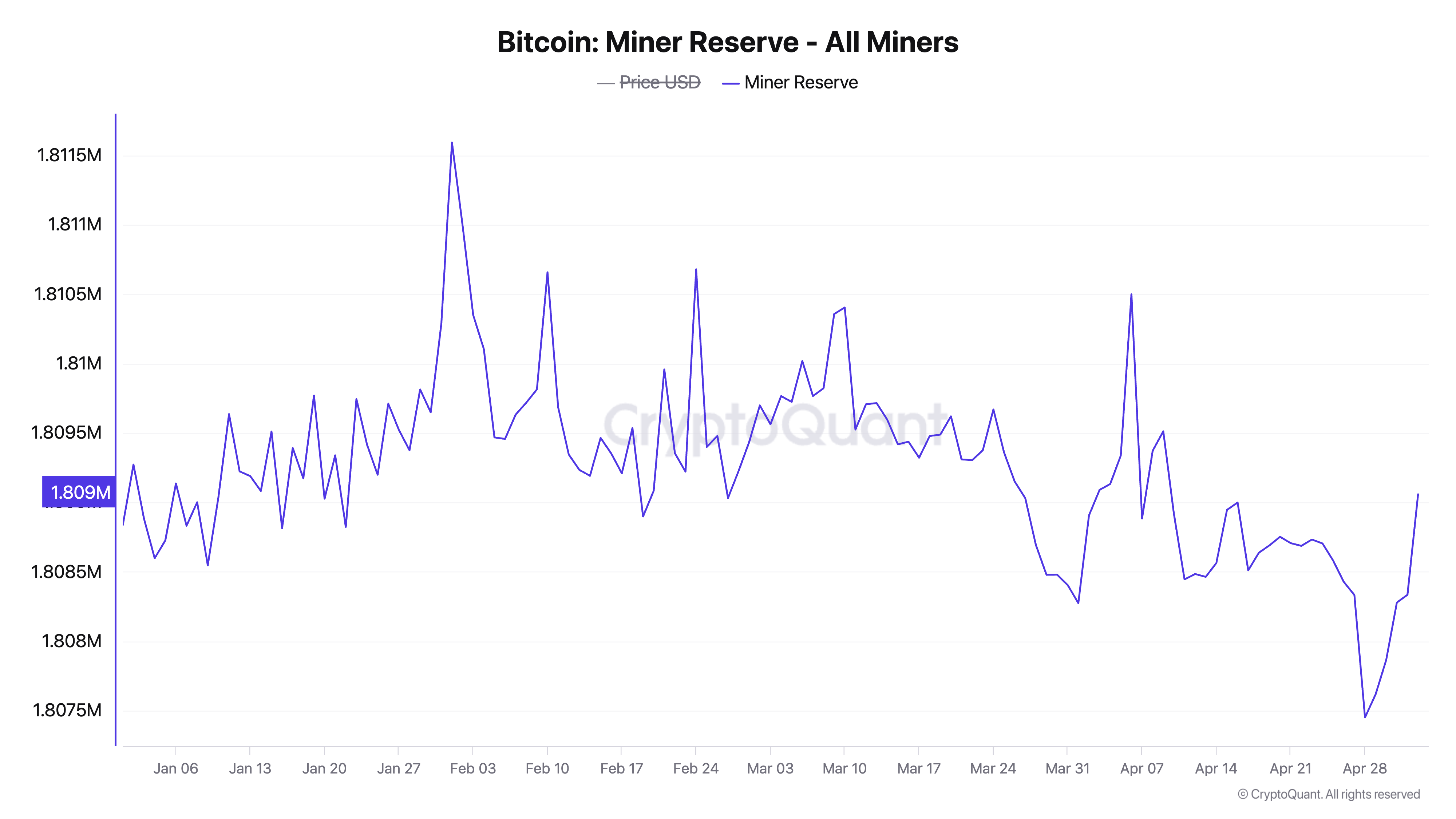KULR, Now in Grayscale Bitcoin ETF, Launches Blockchain for Secure Supply Chain

KULR Tech Group is making significant strides in the web3 space. On May 1, it was included in the newly-launched Grayscale Bitcoin Adopters ETF. The new ETF offers investors direct exposure to companies adopting Bitcoin as a treasury company.
Last year on December 4, 2024, the space, aerospace, and defense focused company commited up to 90% of its surplus cash reserves to be held in bitcoin. To date, KULR has acquired 668 BTC.
This decision marked a significant shift in KULR’s financial strategy – positioning Bitcoin as a primary asset in its treasury program.
Now, in its another significant move in web3, it has announced a new blockchain-based supply chain initiative.

KULR Launches Own Blockchain
In an official press release and company tweet, KULR revealed that it will move product tracking and custody verification from centralized software to a distributed ledger. This will help the company in recording each inventory item as a tamper-proof, timestamped entry on a private blockchain.
The company notes that “decentralizing the inventory tracking system on a blockchain offers enhanced transparency, security, and real-time visibility across the entire supply chain”.
The US-listed company has also revealed that one of the first product lines to be logged will be KULR’s NASA WI-37A–certified lithium-ion batteries.
Now, these batteries with space and aerospace applications will be permanently stored on-chain so that future users can verify performance and compliance.
Today, we are announcing the launch of a blockchain-secured supply chain initiative to safeguard our product-related data.
Decentralizing our inventory tracking system on blockchain offers enhanced transparency, security, and real-time visibility across the entire supply chain.… pic.twitter.com/HkhnCoqmhX
— KULR Technology (@KULRTech) May 1, 2025
New Blockchain Built on Coinbase’s Base
KULR has built its own private rollup on Coinbase’s Base Layer-2 (L2) blockchain – an Ethereum-powered network – to host this supply chain ledger.
This choice leverages a public blockchain infrastructure (Coinbase Base) for security and scalability. It will still keep the network permissioned under KULR’s control.
Under the new system, the company will represent each battery or part as a non-fungible token (NFT) on the blockchain.
Each token’s metadata – including test results, manufacturing details and certification data – will be recorded immutably.
When a customer purchases a battery, its NFT can be transferred to the buyer’s on-chain wallet or sent to a company “burn” wallet to signal the transfer of ownership.
For bulk orders, KULR will set up dedicated customer wallets to batch-transfer many NFTs at once.
Internally, the company has built a custom user interface linked to encrypted KULR-owned wallets. This dashboard would let staff monitor inventory and token transfers in real time.
Market and Investor Impact
The market reaction to the company’s blockchain announcement has been cautiously positive.
On Friday, one day after the blockchain and Grayscale ETF inclusion, KULR closed at $1.33 USD on May 2. This marks a 4.72% increase from the previous day’s close of $1.27.

Company has also hinted at more initiatives towards blockchain and Bitcoin adoption.
On the inclusion in Grayscale Bitcoin Adopters ETF, Kurl CEO has said, “Honored to be included in Grayscale’s Bitcoin Adopters ETF. Appreciate the recognition as we continue building KULR Tech into a category-defining company at the intersection of space, defense, AI, and Bitcoin.”
Thus, with more near-term crypto plans in line, KULR is likely to draw attention from both energy-sector investors and digital-asset enthusiasts.
Also Read: Bitcoin Price to $1M Prediction
The post KULR, Now in Grayscale Bitcoin ETF, Launches Blockchain for Secure Supply Chain appeared first on CoinGape.


























